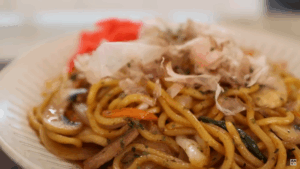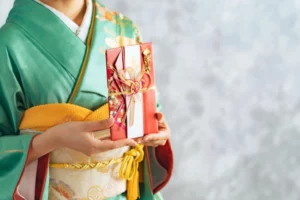One of the best foodie experiences to try in Japan is omakase, where you trust the chef to create a unique meal just for you. This style highlights fresh, seasonal ingredients and offers a personal, unforgettable dining journey. Here are five must-visit omakase restaurants that showcase Japan’s culinary artistry.
Table of Contents
ToggleWhat are omakase restaurants?
The phrase omakase translates to “I’ll leave it to you.” It refers to a way of eating in which you trust the chef to choose your meal. Instead of picking from a menu, the chef serves a special set of dishes using the best fresh ingredients of the day. While omakase is associated with sushi, it is also used for many types of Japanese food and even other cuisines.
Ginza Katsukami
In Tokyo’s upscale Ginza district, Ginza Katsukami offers a unique tonkatsu omakase experience. It is Japan’s first restaurant to serve a full tasting course of deep-fried pork, giving a fresh and exciting twist to this classic comfort food. With only 13 counter seats, the atmosphere is cozy and allows you to watch the chef prepare each dish right before your eyes.
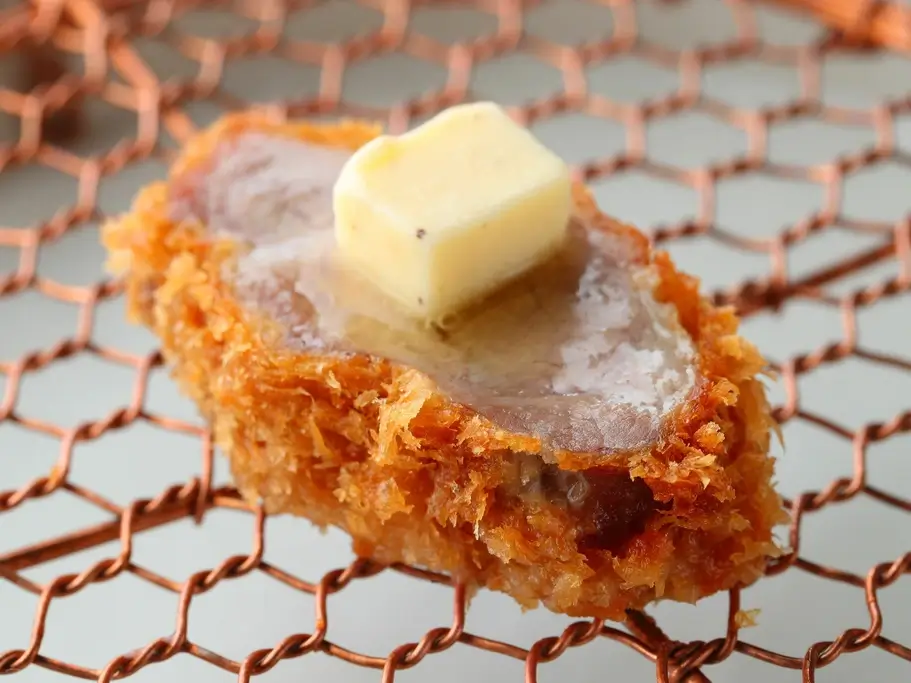
The menu also features cuts like tenderloin, rib, and pork cheek, all fried perfectly and with just the right sauce or salt. Seasonal sides such as tomato jelly salad cleanse your palate between bites. The meal also ends with a light shaved-ice dessert in flavors like matcha or strawberry for a sweet finish. Reservations can be made online via Tablecheck. Prices range from 5,500 yen (40 USD) to 23,000 yen (160 USD). In addition, Ginza Katsukami holds a Michelin Bib Gourmand award and is a must-visit for tonkatsu fans.
Hatsune Zushi
Located just outside Tokyo in Kamata, Hatsune Zushi is a famous sushi omakase that blends tradition, elegance, and personal storytelling. Founded in 1893, it is now led by fourth-generation chef Katsu Nakaji. He carefully crafts each piece of sushi and shares the story behind every bite. With only a few seats, the restaurant offers a warm and personal dining experience where conversation and skill meet.
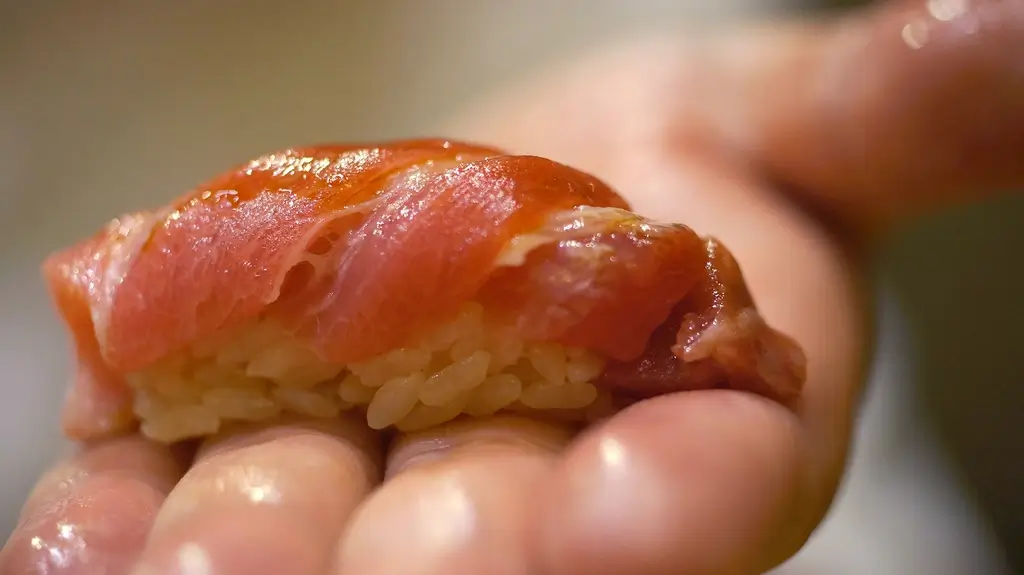
Chef Nakaji uses top-quality ingredients from Toyosu Market and beyond, making each nigiri with warm, vinegared rice and aged or marinated fish. He often serves sushi directly into your hand, creating a special connection. From melt-in-your-mouth toro to delicately cured kohada, every bite is balanced and memorable. Not to mention, the restaurant hosts pop-up events in Milan. While the main chef is away, trusted fifth-generation apprentices run the Tokyo location. Omakase courses range from 6,600 yen (45 USD) to 8,800 yen (60 USD).
Are you looking for excellent snacks to enjoy after a great omakase meal? Check out Sakuraco! Sakuraco delivers traditional Japanese snacks, teas, and sweets from local Japanese makers directly to your door so you can enjoy the latest treats directly from Japan!
L’Effervescence
L’Effervescence, located in Tokyo’s quiet Nishiazabu district, shows that omakase dining isn’t only about Japanese food; it can also shine in French cuisine. Chef Shinobu Namae leads this three-Michelin-starred restaurant. He offers a refined tasting menu highlighting Japan’s fresh, seasonal ingredients using expert French cooking techniques.
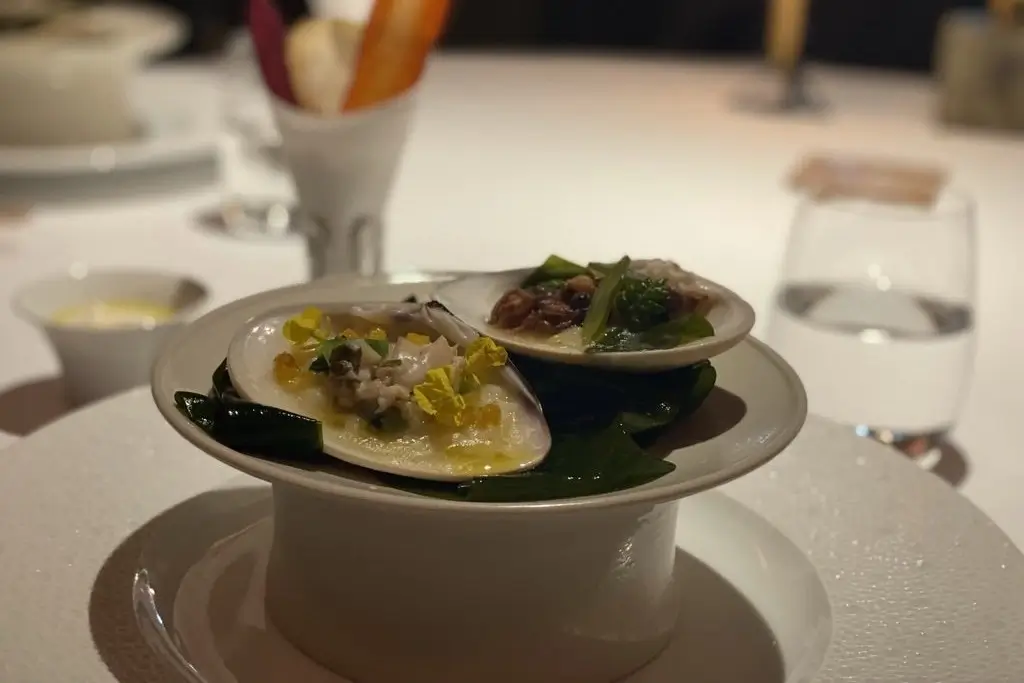
The modern interior blends warmth and charm by mixing traditional and contemporary styles. L’Effervescence has earned the Green Star Award and is ranked among “Asia’s 50 Best Restaurants.” The staff carefully crafts every detail, from beautiful plating to attentive service.
The multi-course menu features local vegetables, sustainable seafood, and premium meats like wagyu. Each dish tells a story of nature and the changing seasons. Perfectly paired wines and teas enhance the flavors, making every bite a unique journey. Only one course is available, priced at 36,300 yen (250 USD). Reservations can be made online.
Kashiwaya Osaka Senriyama
Located in the quiet Senriyama neighborhood of Osaka, Kashiwaya offers a beautiful and peaceful kaiseki dining experience. This three-Michelin-starred restaurant is led by Chef Hideaki Matsuo, who combines traditional Japanese cooking with modern ideas. Each dish is made with great care, using seasonal ingredients to show the natural beauty of each time of year.
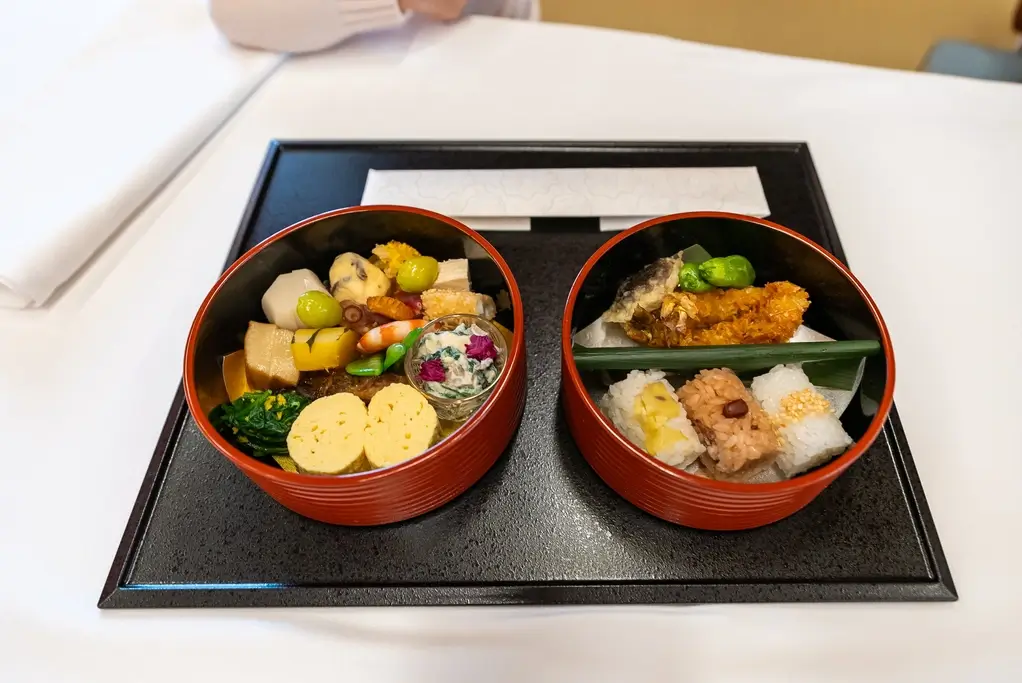
The restaurant has a calm, simple interior with private tatami rooms. This peaceful setting helps guests relax and enjoy the flow of the meal. The menu changes with the seasons and may include fresh sashimi, slow-cooked vegetables, and clear soups, each carefully arranged like a work of art.
Course options are available for lunch and dinner, ranging from 19,360 yen (130 USD) to 55,600 yen (380 USD). You can also make reservations online! Kashiwaya is perfect for anyone looking for a quiet, elegant, and truly traditional Japanese dining experience in Osaka.
Narisawa
A meal at Narisawa takes you on a journey through Japan’s natural environment. Chef Yoshihiro Narisawa runs this two-Michelin-starred restaurant in Tokyo’s stylish Minami Aoyama area. Because of his skills, he earned worldwide recognition for his creative and eco-friendly cooking style. His unique “Satoyama” cuisine uses seasonal ingredients to show the beauty of Japan’s forests, mountains, and seas.
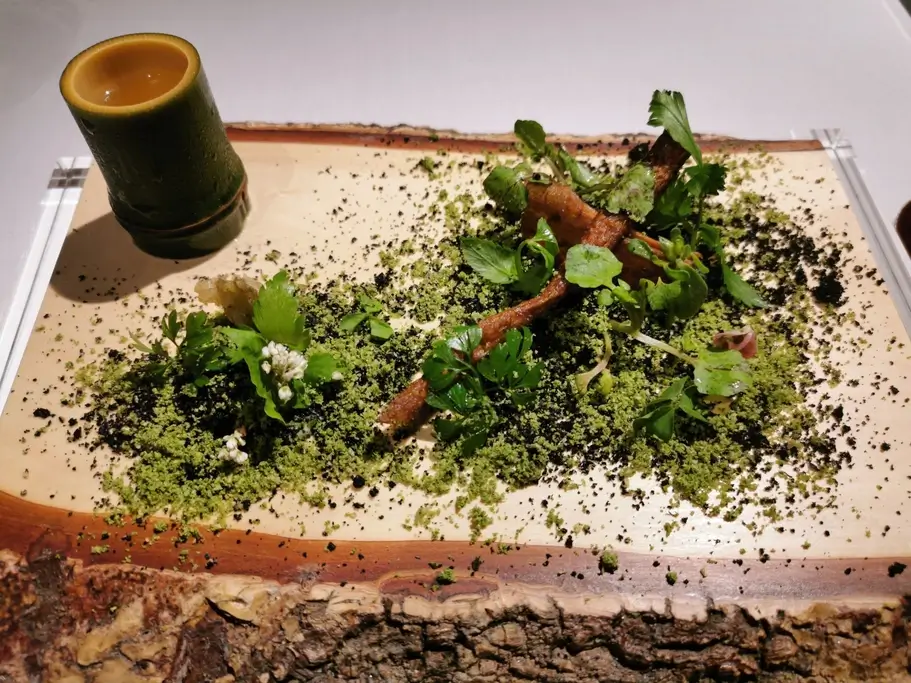
The dining room interior is calm and straightforward, letting the food stand out. One of the most famous dishes is “Bread of the Forest,” which rises right at your table. Another is a soup made from soil and root vegetables that gives you an authentic taste of the earth. Every dish tells a story and connects you to nature.
One seasonal tasting menu is currently priced at 68,000 yen (about 466 USD). You can make a reservation online. Narisawa is an excellent choice for anyone looking for a special and meaningful omakase-style meal in Tokyo. The chef also caters to dietary preferences, including vegan or macrobiotic diets.
Why should I visit an omakase restaurant in Japan?
You should visit an omakase restaurant because it offers an exceptional experience where chefs carefully prepare fresh, seasonal dishes just for you. You can watch the chef work while enjoying sushi, tonkatsu, kaiseki, or French-style meals. Moreover, each restaurant shares its story through the food, making every visit unique and memorable. Omakase is an excellent way to enjoy Japan’s rich food culture and warm hospitality in one meal. Which restaurant do you want to experience? Let us know in the comments below!





